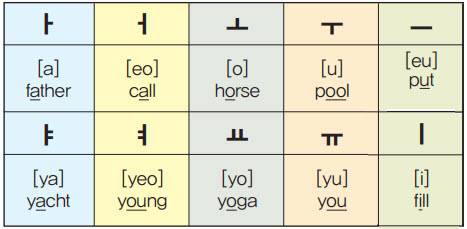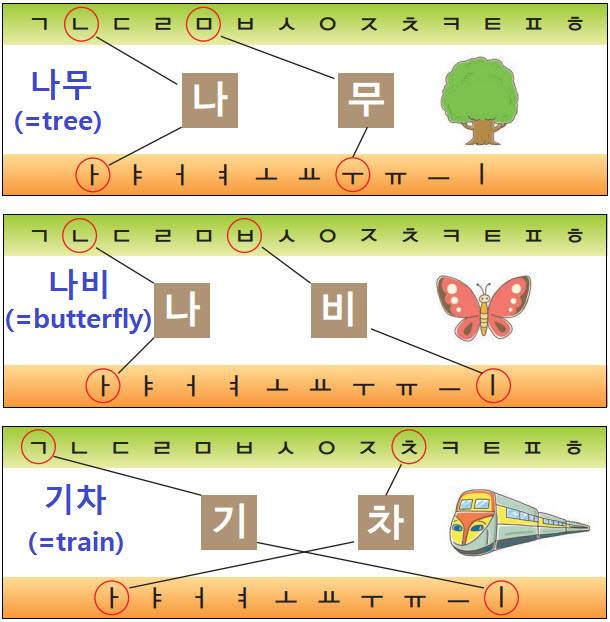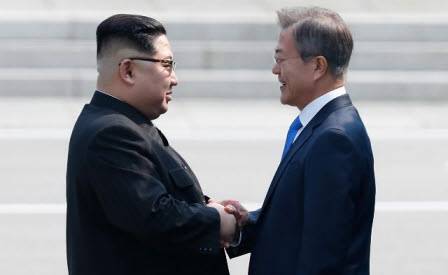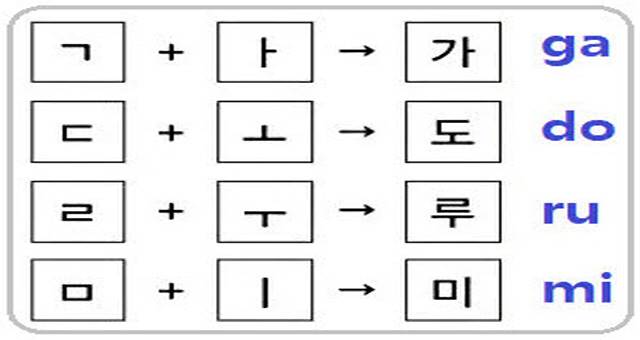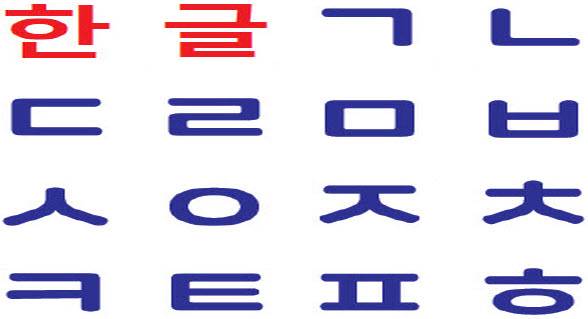Korean Alphabet-'Hangeul'
Who created 'Hangeul'?
‘Hangeul’ (=Korean
Alphabet) was created by ‘King Sejong the Great’. Before ‘King Sejong’ created
Hangeul, the Korean language could only be spoken, because there was no writing
system.
Therefore, ‘King
Sejong’ created Hangeul so that everyone could learn the language. Hangeul was
invented in 1443 and introduced to the public in 1446. Korean is the only
language with a writing system about which we know exactly when it began, who
created it and why and how it was created.
'King Sejong' was the
greatest king in korean history and loved his people.
He made a language
system for the benefit of the common people. As the King launched forth into
making a language system directly, the purpose of 'Hangeul' was clear.
Therefore, its usefulness cannot be compared with other languages.
Hangul is easy to learn
and be communicated as it is a set of phonograms.
Hangul has made Korean reading and writing without any problems.
The Korean literacy rate is near the 100% percent
mark.
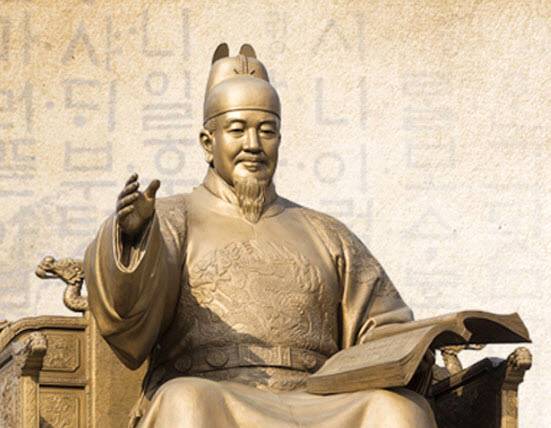
'Hangeul'(=Korean
Alphabet) consists of 14-basic consonants and 10-basic vowels, so it is very
easy to learn.
< example >
비 (=rain)
: 2 alphabets per syllable
곰 (=bear)
: 3 alphabets per syllable
닭 (=chicken) : 4
alphabets per syllable
- Korean Alphabet ('Hangul'='한글') -
basic-Consonants-14

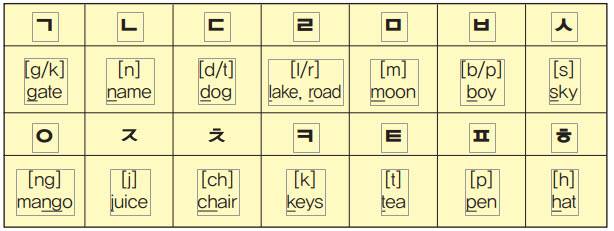
basic-Vowels-10

